My Secret Life as a Social Media CoachWhen people ask my advice on how to flourish online, I share these five rulesI’ve earned money in many unusual ways, especially back in the callow days of my youth. But even in recent years, I’ve taken on some peculiar projects—which I rarely talk or write about. But today I will share details about one of them. A few years ago (before I joined Substack), a number of individuals and organizations started asking my advice on how to handle social media. They even wanted to hire me as a social media consultant. My Twitter feed caught their interest, and they wanted to do something similar. Would I teach them how? If you want to support my work, please take out a premium subscription (just $6 per month).I couldn’t do this nowadays. First, Twitter has changed, and not for the better. (By the way, I refuse to call it X. That symbol has at least a half dozen meanings, all of them dismal.) But more to the point, I don’t have any spare hours for sale. So I’m no longer available as a social media consultant or in any freelance capacity. But back then I still devoted one day per week to various paid non-writing projects. And I thought a social media project might be fun—at least in small doses. So I told prospective clients that I was available on a limited basis, but also warned that my time doesn’t come cheaply. (My advice to all of you is charge for your expertise—we often undersell our own skills.) But even with those constraints, I thought I could help them. They agreed to my terms—and for a period of almost two years, I taught individuals and organizations how to build a presence online. In general, I’m willing to do things outside my comfort zone, perhaps too willing. But this is part of my own strategy of personal growth. That’s also advice I give to others—when you have to make important life choices, favor those that expand your skill base and horizons. If you do this consistently over a period of many years, the benefits will be noteworthy. On the other hand, there’s a downside to this strategy. There will be failures and dead-ends. Also I absolutely hate doing something if I can’t deliver the goods. So even when I go outside my comfort zone, I need to have some confidence that I can produce results. Fortunately, I did have a track record on social media. And I had learned the hard way. When I joined Twitter on August 27, 2009, I didn’t have a clue what I was doing. Eighteen months later, I only had 68 followers—which is pathetic for anybody, but especially for me. I had already published some successful books, and had written for high-profile periodicals. I should have connected with more than 68 people just through sheer dumb luck. But I really didn’t know what I was doing. Finally at the beginning of 2011, I decided to put more focus on my online presence—mostly because I wanted direct contact with readers, and Twitter was (back in those pre-Substack days) the best place to do that. (Ah, how the world has changed since then!) So I started formulating my approach to social media. which I later taught to clients—and share some of it with you below. By the time I embarked on social media consulting, I’d developed very clear views on what works online. But I decided to supplement my own experience by learning what ‘influencer experts’ were teaching. Frankly, I was horrified by what I discovered. There’s a whole world built on shilling, deception, hyping, and sharing garbage on social media. And it works, although only to a limited extent. The people who operate in this way build their network by following—and getting followed-back—by others who do the same. But it’s mostly a closed circle, with little genuine impact. People will try almost any kind of stunt or promise to become an influencer. Okay, that was obviously promised in jest—I hope. But look around and you will see all sorts of deadly serious people engaged in extreme (or desperate) follower-baiting measures. Crypto bros are especially obsessed with this approach. But you would be surprised how many writers and freelance creatives play these games too. The writers who operate in this way, are constantly offering free chapters, contests, polls, discounts on ebooks—all ornamented by a million useless hashtags and photos. Even if a real person is behind the account, it still feels like an algorithm or bot. I’d seen these accounts, but I dismissed them as isolated instances. I now learned that consultants taught these people to do all this nonsense. Most of these accounts are painful to follow—built on constant self-promotion and little more. The sad thing is not only that they have so little impact, but they must be a total drudgery to operate. Instead of helping people actually engage constructively with others online, the coaches try to game the system in heavy-handed ways. It’s depressing for everybody involved. I found it hard to take any of this seriously. In extreme instances, people buy followers and fans—in a quest for “impressive” numbers. But who are they impressing? The bots and bogus accounts who follow them? I think it’s perfectly fair to promote your own work on social media. But there has to be some limit, no? My advice to clients was that self-promotion should be less than half of their social media activity. That’s my limit for businesses. But some of my clients were individuals, and for them I set an even lower threshold. For a freelancer, no more than 20% of online activity should involve marketing your own services. I believe that’s true for all freelancers—authors, musicians, painters, landscapers, tax preparers, you name it. Even if you’re a rock star, you need to do more than shill your new album and band T-shirt. This raises the obvious question of what you do with the other 80% of your posts. If shameless self-promotion is limited to 20%, you need something to fill the gap. That other 80% ought to be enjoyable for everybody. That’s not too much to ask, is it? I outlined a half-dozen strategies for clients, but frankly I didn’t think it mattered much which they picked. The key was to find something they enjoyed doing online instead of the hard sell—if they enjoyed it, others might too. This could be anything from cute cat photos to goofy jokes. It’s better if it has some relationship with their vocation, but some of my favorite social media accounts take a lot of chances. The biggest problem with corporate social media is that the low-level employee handling the account is afraid to do anything unusual. The bureaucratic nature of the business leads to stale posts. And I can’t blame the people posting them—they might get fired if they took risks. The funny thing is how many individuals follow the same route. This is especially true of people who have personal social media accounts, but work in large organizations. They are so fearful of rocking the boat, even in their own private domain. Yet there are plenty of freelancers, beholden to no one, who are equally risk averse. My advice is simple and easy: Be yourself online. There’s no role you’re better suited to play. I also offered clients guidance on how to post on social media—even getting into nitty gritty details about the time of day and day of the week for best results. I put together an entire course filled with this kind of information. But the single most important thing I taught was a larger philosophy of how to handle social interactions of all sorts—and this was learning that also worked in real life, not just on web platforms. I call this my “KARMA philosophy”—and it’s based on my deeply held conviction that “as you sow, so shall you reap.” In fact, it’s almost uncanny how social media proves this adage. For example, nobody retweets more than me. Everybody wins this way. I get to tap into the creativity of others, and they benefit from my advocacy. Readers, meanwhile, are entertained or educated or inspired. Win-win-win. (This is, by the way, the simplest technique for creating engagement online—sharing the best things others are posting. It’s so easy anyone can do it.) But there’s also negative karma online. You should avoid it at all costs. Just look at the angry trolls on Twitter. You will find that their bitter outbursts lead to them engaging constantly with other angry trolls. Each day, their actions have the result that they are arguing with their mirror image—other people who come to Twitter for these same kinds of hostile interactions. The same is true of people who use Twitter to mock and insult. Just look at the their timelines, and see the result. They attract others who also want to mock and insult. And the frightening thing is that this crosses all party lines—their online friends and enemies may have little in common, but they both share a desire to be as nasty as possible. I have strong reasons to believe that this isn’t coincidence. There’s a huge body of research that explains why this happens. I was amazed when I learned, back at Stanford Business School, that a competition to pick the most effective strategy for the famous prisoner’s dilemma—a fundamental problem in game theory—was the simple approach of tit-for-tat. In other words, you were rewarded for treating others exactly how they treat you. Since that time, there’s been more research that proves the same point. You need to believe me when I tell you this: Karma is built into the universe. I’m not exaggerating. This is demonstrably true. I now believe that human history and evolution have combined to reinforce this tendency. So I would expect that social media would give you back exactly what you put into it. If you shill or troll or insult, you get precisely that in return. Below are several slides from a presentation I gave to clients. The funny thing is that what I’m saying here seems absolutely obvious to me—yet almost nobody does this on social media. That’s a very simple rule. But how many people really believe it, or put it into practice. My next step was to show how this is done. I had a lot more to teach, but all the building blocks converged on this notion of KARMA. I almost felt guilty taking money from clients and offering up mom-and-apple-pie insights like this. But the sad truth is: This is exactly what people need to hear. Most of the guidance I gave was just life advice, but applied to social media. You would benefit by following these rules in any environment. Here, for example, are my five basic KARMA rules. How often do you see people ignoring these KARMA guidelines, and instead pursue one of these other strategies on social media (or, even worse, in their day-to-day life):
The closest analogy I can find is road rage. We all know how motorists on the road get angry over the smallest things—honking horns and flipping off total strangers in a way they would never do as a pedestrian or in some other face-to-face setting. They somehow feel that they are insulated from consequences because they sit inside a powerful automobile. People act the same way behind their computer or handheld device, spouting off on social media as if they are invincible deities. But here’s the big difference: In a car, they actually can act with some degree of anonymity, but online everything is documented, preserved, and attached to a specific name or account. In other words, social media is the worst possible place to let it rip and blow off steam. But, by the same token, it can be a great place to nurture actual human connection and build genuine relationships of reciprocity. I had a bunch of other suggestions for clients who followed my social media strategy. I told them everything from how to use lists to when to block and mute other accounts. But none of these are as important as the simple rule of karma. You end up with the social media experience you deserve. That may be depressing to consider, but the good news is that there’s an easy way to deserve better. And—allow me to point out the obvious—this same approach will work in almost every other sphere of your life. Nowadays, people talk about influencing or influencers. But you will notice that I avoid that terminology here. It’s great to have influence, but that isn’t a goal that you can or should pursue directly. The influence is a side effect of operating at a high level with the right values. There are no shortcuts. If you conduct yourself well and wisely, you will have influence—and if you don’t, the less influence you have, the better off we all will be. So let’s talk less about influencing as a society, and more about the karma of operating at a high level in the world. That’s ultimately more significant than any follower count, or subscription numbers, can capture. In the final analysis, if you put this into practice, you really can’t fail—no matter what happens to your social media account. Invite your friends and earn rewardsIf you enjoy The Honest Broker, share it with your friends and earn rewards when they subscribe. |
Search thousands of free JavaScript snippets that you can quickly copy and paste into your web pages. Get free JavaScript tutorials, references, code, menus, calendars, popup windows, games, and much more.
My Secret Life as a Social Media Coach
Subscribe to:
Post Comments (Atom)
Top 3 UX Design Articles of 2024 to Remember
Based on most subscriptions ͏ ͏ ͏ ͏ ͏ ͏ ͏ ͏ ͏ ͏ ͏ ͏ ͏ ͏ ͏ ͏ ...
-
code.gs // 1. Enter sheet name where data is to be written below var SHEET_NAME = "Sheet1" ; // 2. Run > setup // // 3....
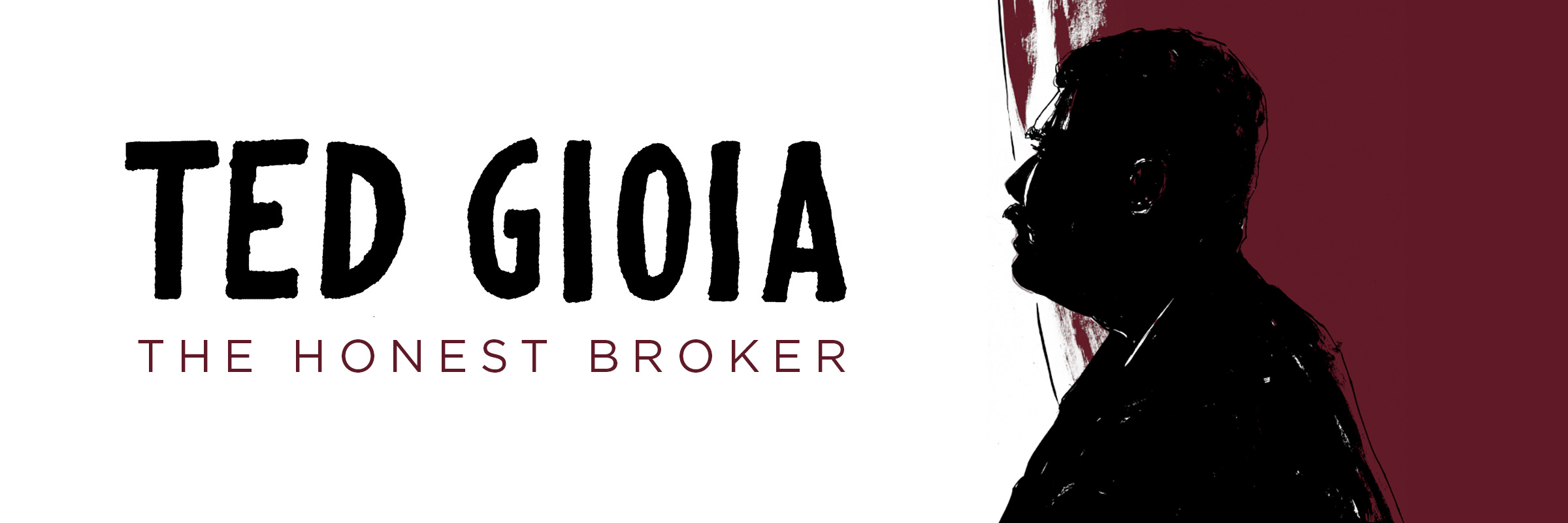
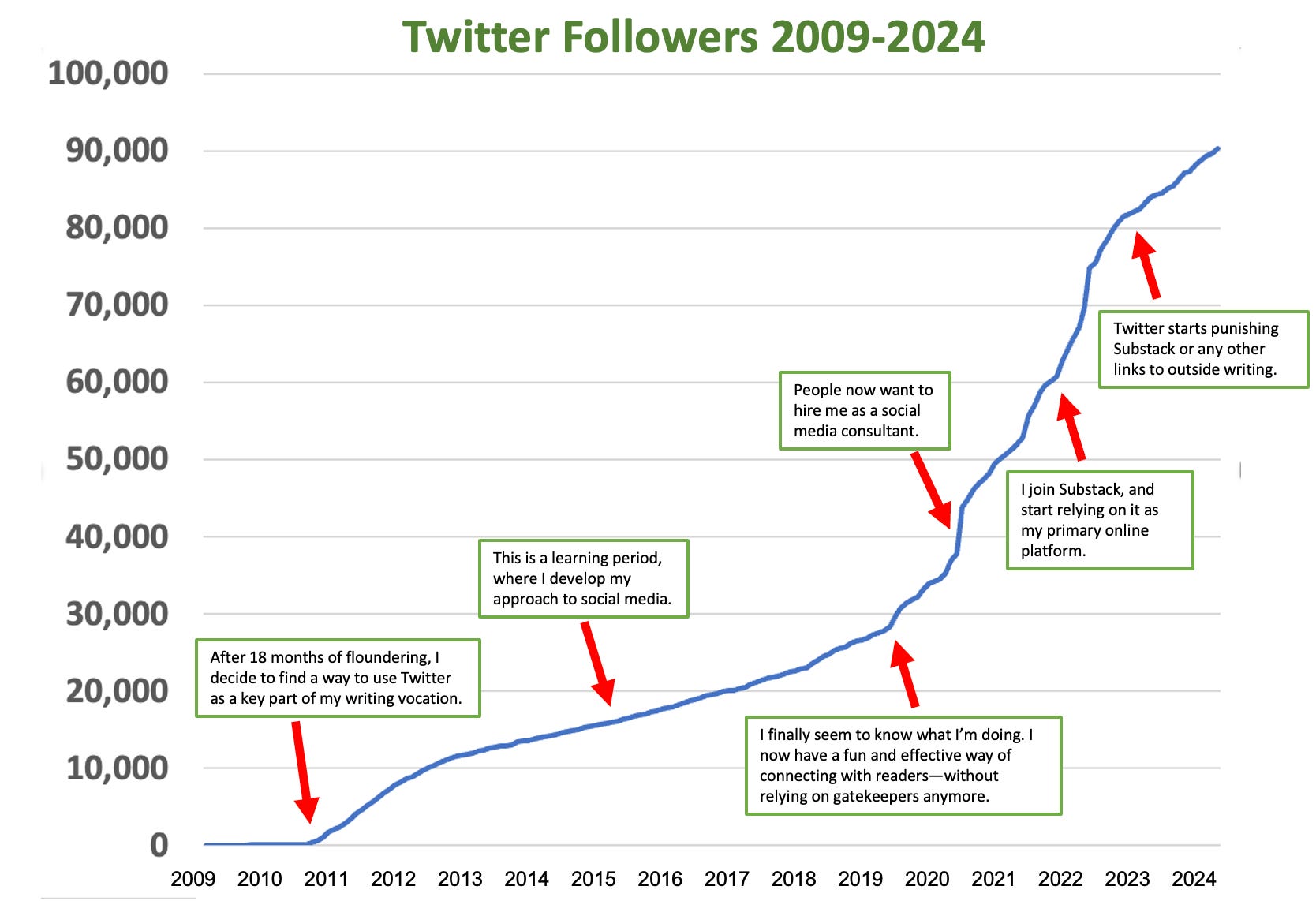


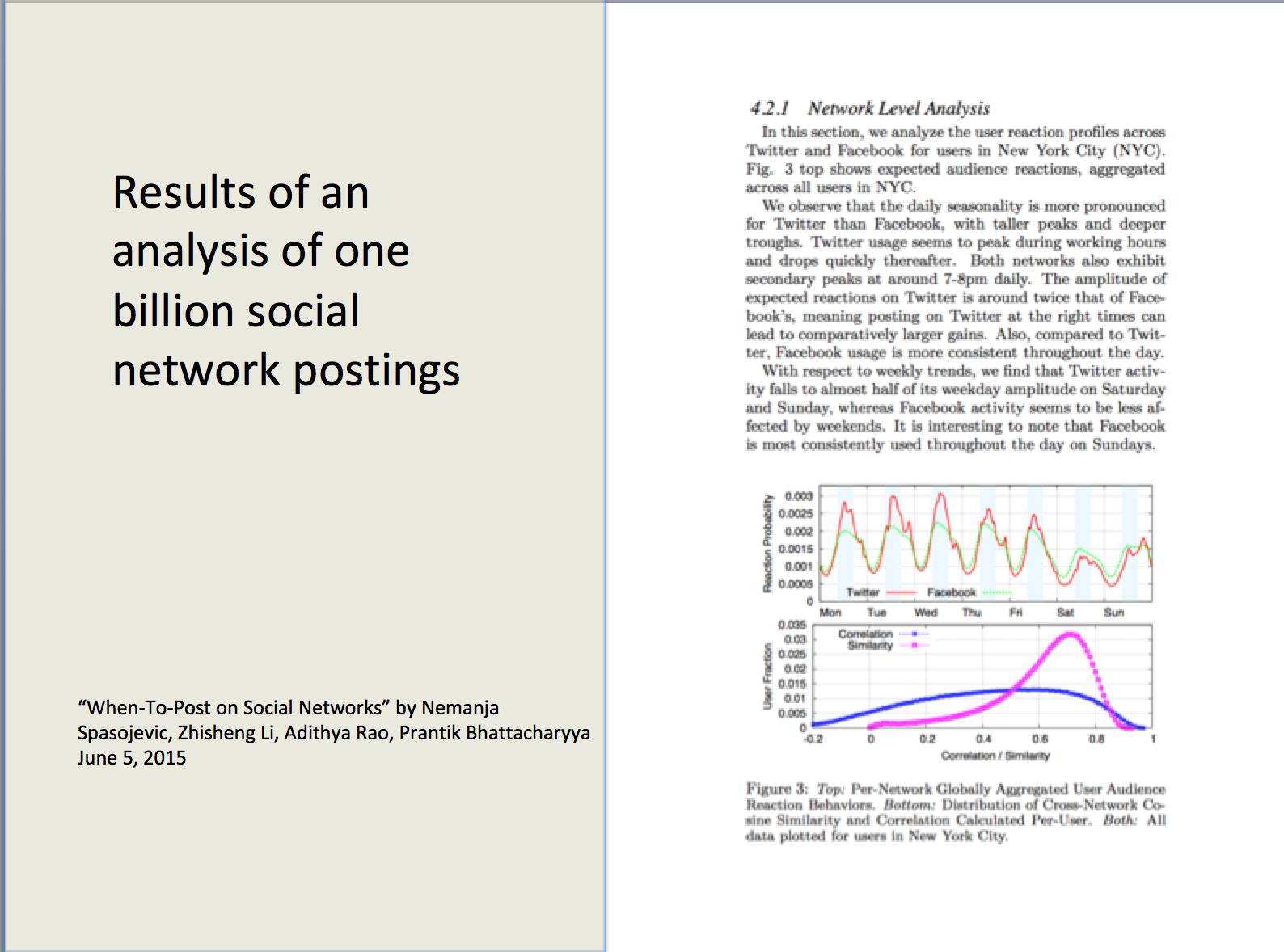
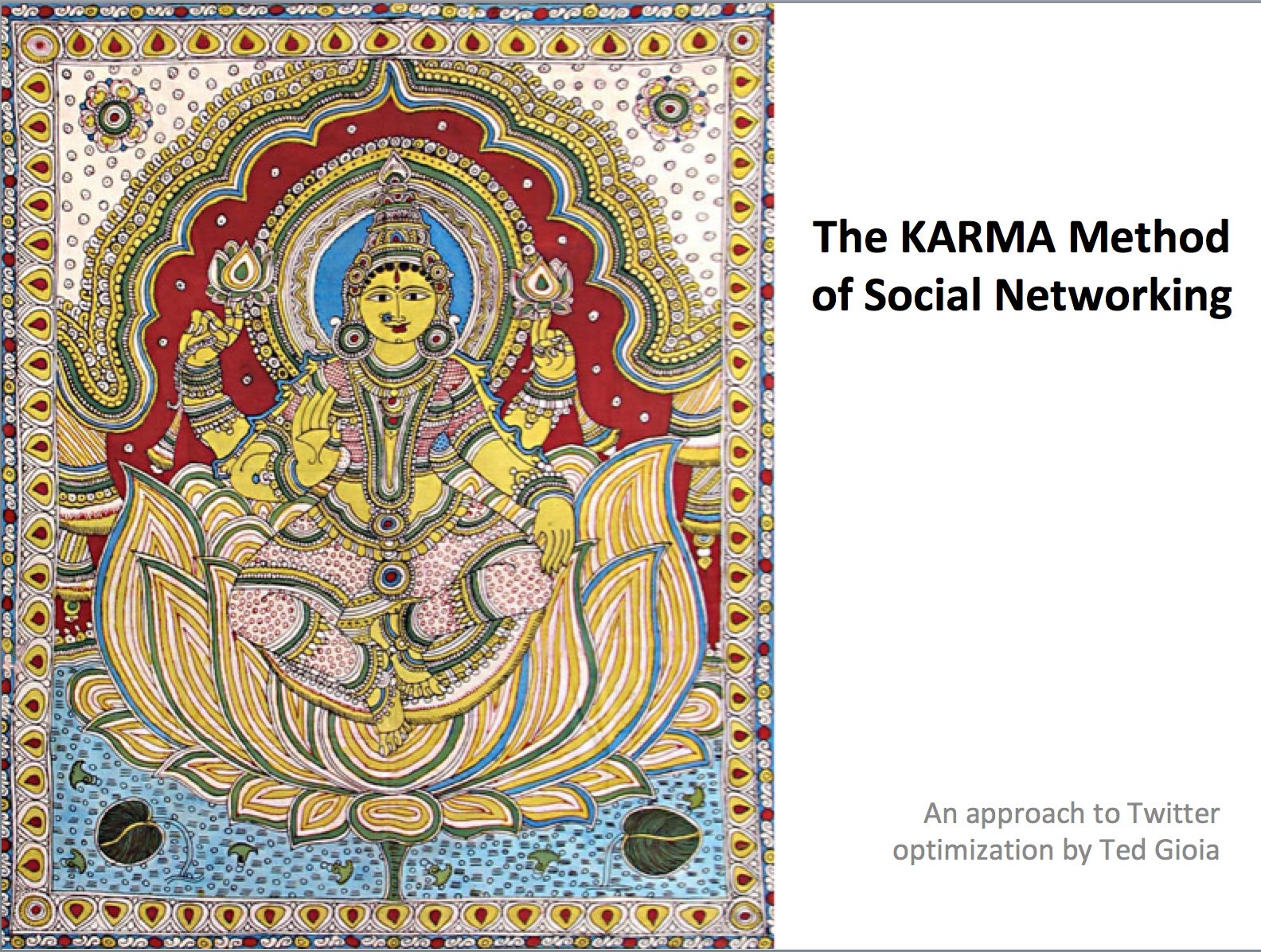
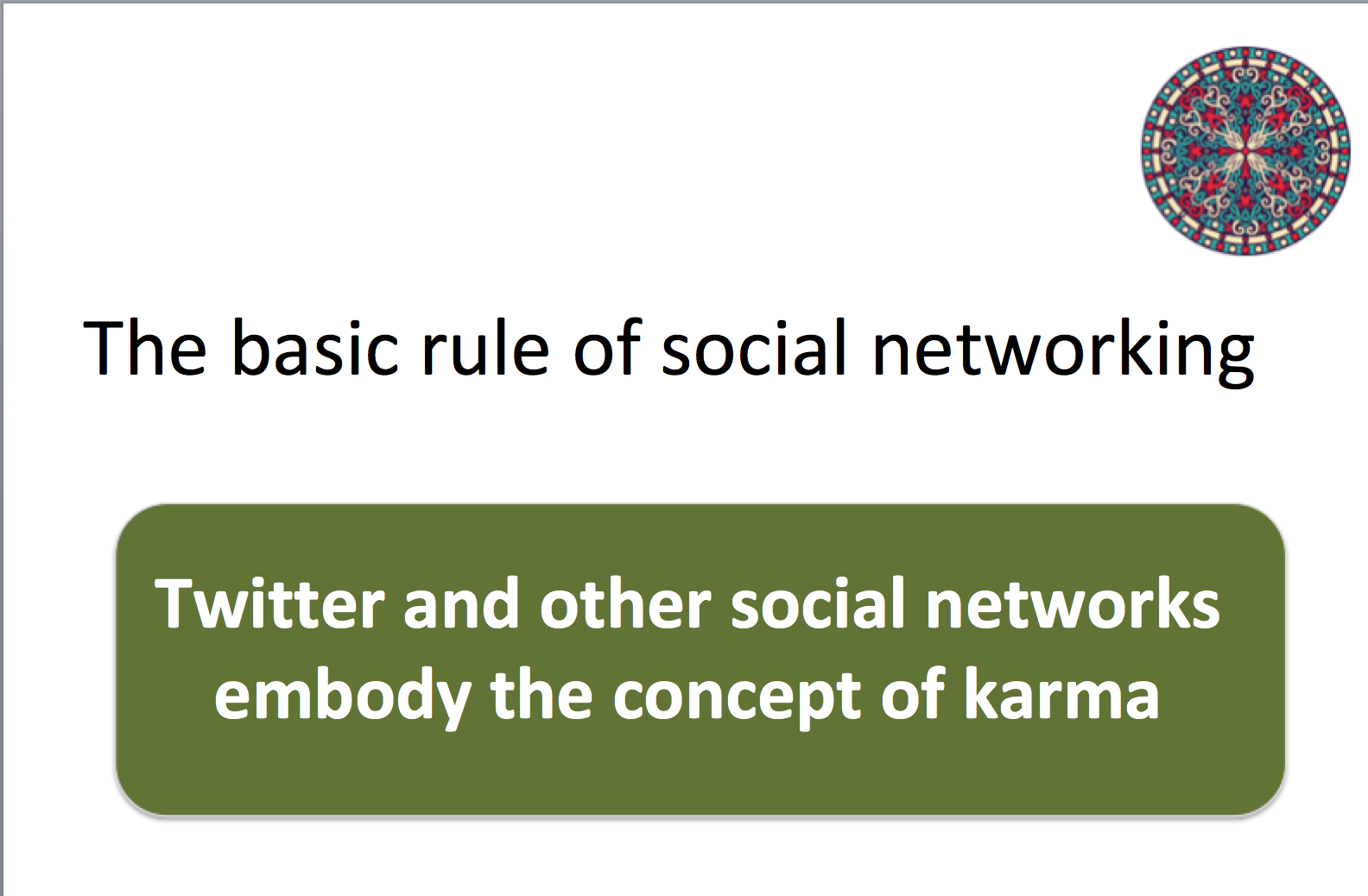
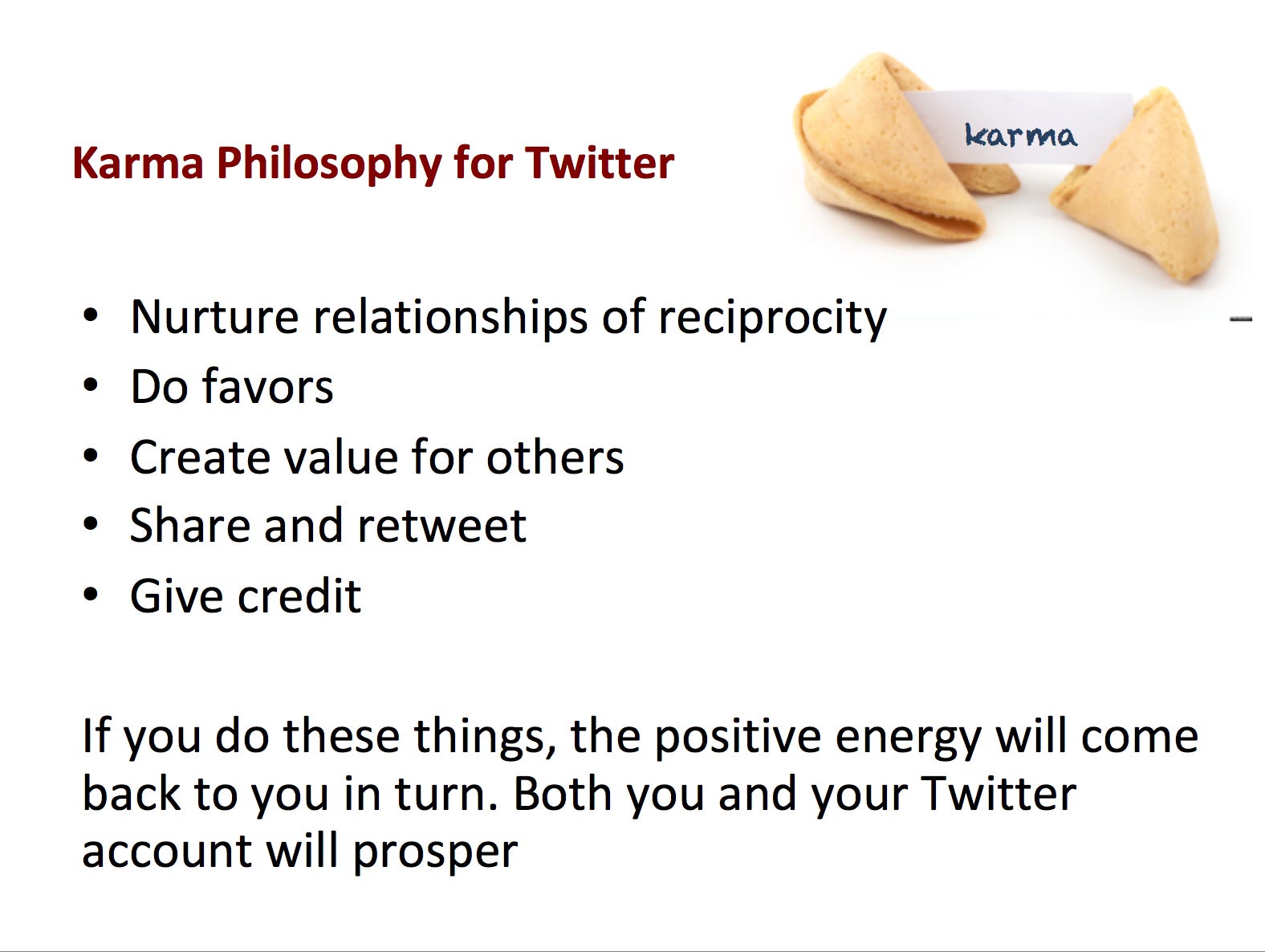
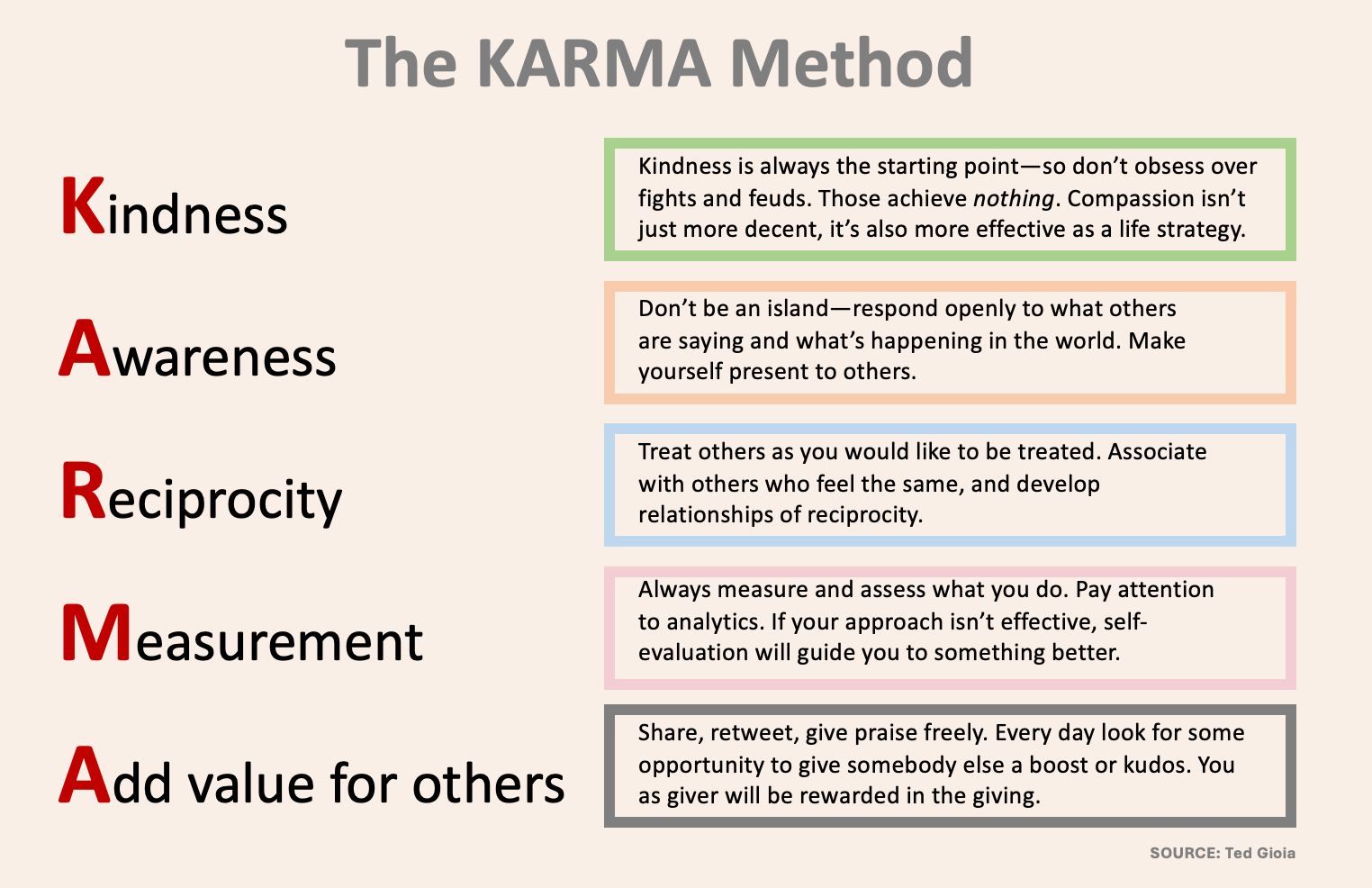
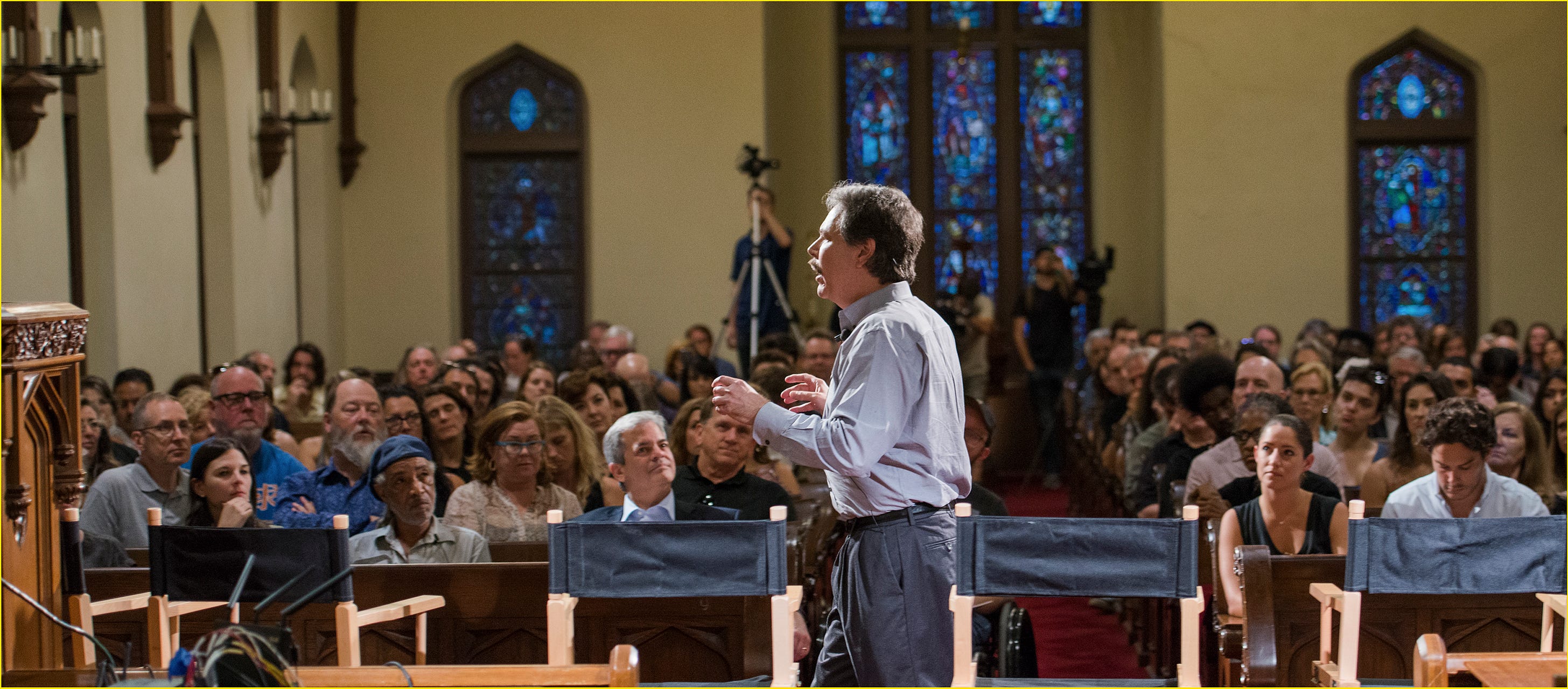
No comments:
Post a Comment